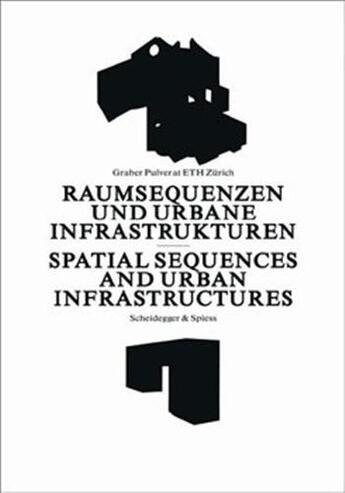-
Date de parution : 30/12/1999
-
Editeur :
Scheidegger
-
EAN : 9783858812605
-
Série :
(-)
-
Support :
Papier
Résumé:
Marco Graber and Thomas Pulver founded their architectural studio in 1992 after graduating from the Swiss Federal Institute of Technology Zurich (ETH Zurich) and working with Cruz Ortiz Architects in Seville and Torres & Martinez-Lapena in Barcelona respectively in 1990-91. Since then Graber... Voir plus
Marco Graber and Thomas Pulver founded their architectural studio in 1992 after graduating from the Swiss Federal Institute of Technology Zurich (ETH Zurich) and working with Cruz Ortiz Architects in Seville and Torres & Martinez-Lapena in Barcelona respectively in 1990-91. Since then Graber Pulver Architects, located in Zurich and Berne, have realised many projects for private and public clients in Switzerland and gained recognition nationally and internationally. Their work has been published in numerous books and magazines in Switzerland and abroad. Marco Graber and Thomas Pulver have been lecturing as visiting professors in the Swiss Federal Institute of Technology Zurich's M.A.-program in architecture in 2006-08, maintaining a close interaction between their method of teaching and design research and the practical work in the studio. "Spatial Sequences and Urban Infrastructure" gives an insight into Graber Pulver's working methods, focusing on their search for the contextual roots and for the specific space and form. The leading idea is that, besides of its natural properties, the infrastructural reservations and links of a territory are crucial for the physical development of our urban landscape. At the same time the form, which has to meet a multitude of demands, is determined by the fact that the quality of a space can be judged and developed only by moving within that space. A second, lavishly illustrated part of the book presents work by students of Graber Pulver's course at the Swiss Federal Institute of Technology Zurich. The topics for the four terms determined concrete architectural tasks and resulted in a vast variety of inspiring and radical solutions. Accompanying essays further investigate the topics of the course and provide additional background information on the student's tasks.
Donner votre avis








